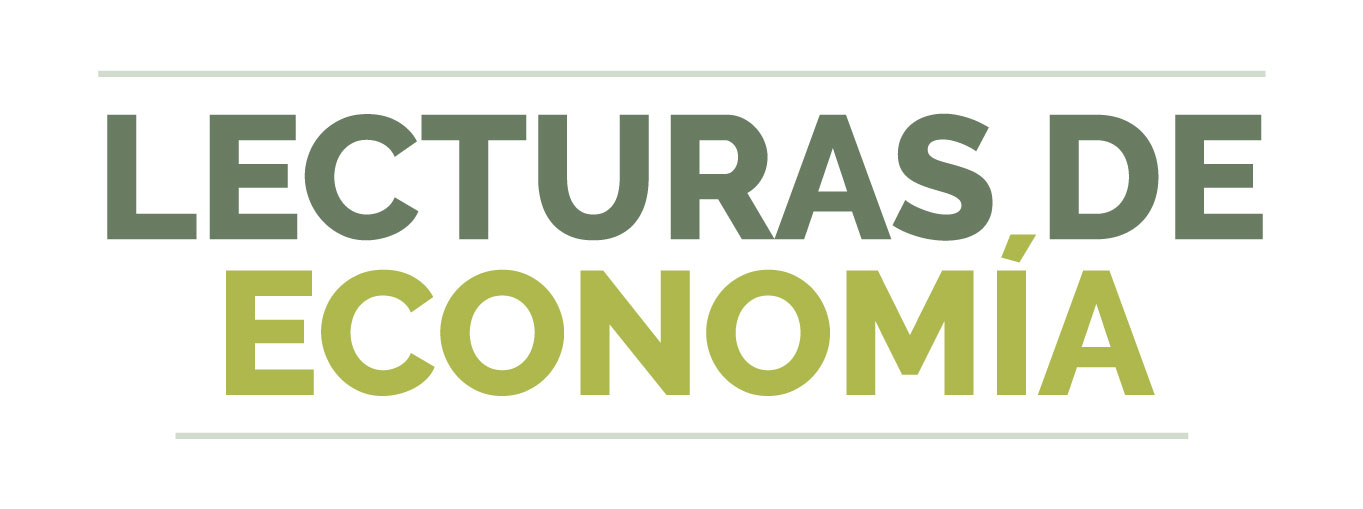L'intégration commerciale et la réaffectation intersectorielle des travailleurs en Colombie, 1986-2006
DOI :
https://doi.org/10.17533/udea.le.n84a03Mots-clés :
changement structurel, commerce international, productivité globale, marché du travail, ColombieRésumé
Cet article analyse l'effet de l'intégration commerciale croissante de Colombie sur les flux intersectoriels des travailleurs, à fin de savoir comment ceux-ci affectent la productivité globale. À travers une approche empirique fondée sur des microdonnées, nous montrons que l'évolution du degré d'intégration commerciale déplacé les
travailleurs vers des secteurs moins productifs, raisons pour laquelle la productivité globale est affectée négativement. Les résultats montrent également que l'effet de l'intégration commerciale sur les flux intersectoriels des travailleurs se manifeste essentiellement sur la population des travailleurs les moins qualifiés. En effet, un changement dans la variation du degré d'intégration commerciale avec un écart type, entraîne une hausse de plus de trois points de
pourcentage dans la probabilité de se déplacer d’une secteur à un autre moins productif. Pour les travailleurs les moins qualifiés, la hausse de cette probabilité atteint cinq points de pourcentage.
Téléchargements
Références
ARTUÇ, Erhan; CHAUDHURI, Shubham & MCLAREN, John (2010). “Trade Shocks and Labor Adjustment: A Structural Empirical Approach”, The American Economic Review, Vol. 100, No. 3, pp. 1008-1045.
DIX-CARNEIRO, Rafael (2011). “Trade Liberalization and Labor Market Dynamics”, WTO Staff Working Paper, ERSD-2011-19. World Trade Organization.
DANE (2003). Evidencia reciente del comportamiento de la migración interna en Colombia a partir de la Encuesta Continua de Hogares. Bogotá: Departamento Administrativo Nacional de Estadística.
DE VRIES, Gaaitzen; ERUMBAN, Abdul; TIMMER, Marcel; VOSKOBOYNIKOV, Ilya & WU, Harry (2012). “Deconstructing the BRICs: Structural Transformation and Aggregate Productivity Growth”, Journal of Comparative Economics, Vol. 40, No. 2, pp. 211-227.
DONALD, Stephen & LANG, Kevin (2007). “Inference with Diference-in-Diferences and Other Panel Data”, The Review of Economics and Statistics, Vol. 89, No. 2, pp. 221-233.
ESLAVA, Marcela; HALTIWANGER, John; KUGLER, Adriana & KUGLER, Maurice (2004). “The effects of structural reforms on productivity and profitability enhancing reallocation: evidence from Colombia”, Journal of Development Economics, Elsevier, Vol. 75, No. 2, pp. 333-371.
ESLAVA, Marcela; HALTIWANGER, John; KUGLER, Adriana & KUGLER, Maurice (2010). “Trade liberalization and worker displacement: Evidence from trade reforms in Colombia”, Mimeo.
ESLAVA, Marcela; HALTIWANGER, John; KUGLER, Adriana & KUGLER, Maurice (2013). “Trade and Market Selection: Evidence from Manufacturing Plants in Colombia”, Review of Economic Dynamics, Vol. 16, No. 1, pp. 135-158.
FERNANDES, Ana (2007). “Trade policy, trade volumes and plant-level productivity in Colombian manufacturing industries”, Journal of International Economics, Vol. 71, No. 1, pp. 52–71.
GOLLIN, Douglas; LAGAKOS, David & WAUGH, Michael E. (2014). “The Agricultural Productivity Gap”, The Quarterly Journal of Economics, Vol. 129, No. 2, pp. 939-993.
IADB (2010). The Age of Productivity: Transforming Economies from the Bottom Up. New York: Palgrave Macmillan.
MCMILLAN, Margaret & RODRIK, Dani (2011). “Globalization, Structural Change, and Productivity Growth”, NBER Working Papers, No. 17143. National Bureau of Economic Research.
MENEZES-FILHO, Naercio Aquino & MUENDLER, Marc-Andreas (2011). “Labor Reallocation in Response to Trade Reform”, NBER Working Papers, No. 17372. National Bureau of Economic Research.
STAIGER, Douglas & STOCK, James (1997). “Instrumental Variables Regression with Weak Instruments", Econometrica, Vol. 65, No. 3, pp. 557-586.
TIMMER, Marcel & de Vries, GAAITZEN (2007). “A Cross-Country Database for Sectoral Employment and Productivity in Asia and Latin America, 1950-2005”, Memorandum GD-98. Groningen Growth and Development Centre Research.
WACZIARG, Romain & WALLACK, Jessica Seddon (2004). “Trade Liberalization and Intersectoral Labor Movements”, Journal of International Economics, Vol. 64, No. 2, pp. 411- 439.
Téléchargements
Publié-e
Comment citer
Numéro
Rubrique
Licence
Cette page, par Universidad de Antioquia, est autorisée sous une Licence d'attribution Creative Commons.
Les auteurs qui publient avec cette revue acceptent de conserver les droits d'auteur et d'accorder le droit de première publication à la revue, l'article sous licence sous une licence Creative Commons Attribution-NonCommercial-ShareAlike permettant à d'autres de le partager tant qu'ils reconnaissent sa paternité et sa publication originale dans ce journal.
Les auteurs peuvent conclure des accords contractuels supplémentaires et distincts pour la distribution non exclusive de la version publiée de la revue (par exemple, la publier dans un référentiel institutionnel ou la publier dans un livre), à condition que ces accords soient sans but lucratif et être reconnu comme la source originale de publication.
Les auteurs sont autorisés et encouragés à publier leurs articles en ligne (par exemple, dans des dépôts institutionnels ou sur leurs sites Web), car cela peut conduire à de précieux échanges ainsi qu'à une plus grande citation des travaux publiés.







